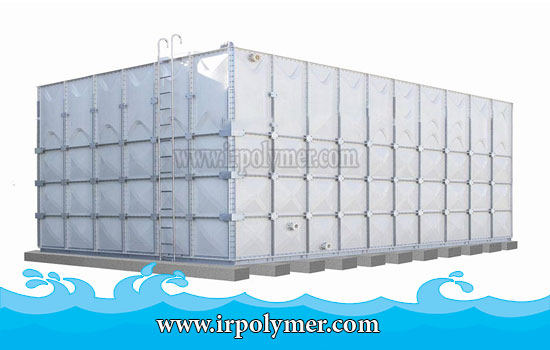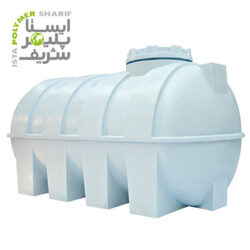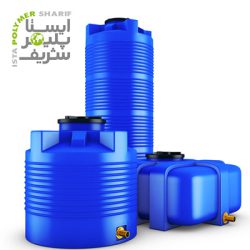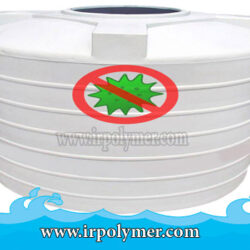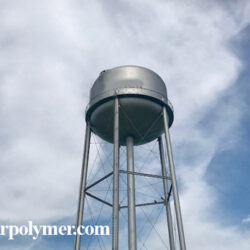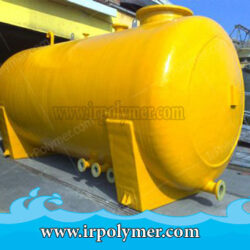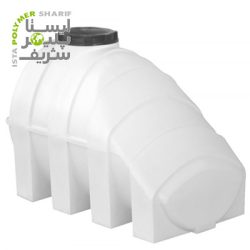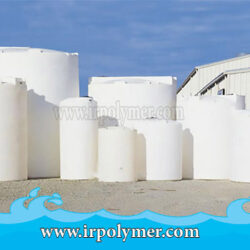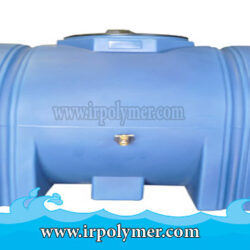Various types of tanks including concrete, metal, polyethylene, composite, and fiberglass are used for water storage. Each of these tanks serves a unique purpose. For storing drinking water, agricultural water, and other applications, a durable tank with minimal cost and specific features is required.
Application of Fiberglass Tank
A fiberglass tank is used for storing drinking water, firefighting, or in hospitals. Due to their numerous advantages and a wide range of manufacturing methods such as manual (for low volumes and low cost) and machine methods like SMC, RTM, BMC, investing in and operating various types of fiberglass tanks is of special importance. GRP tanks are polymer tanks reinforced with glass fibers and are highly popular. They can be produced cylindrically or in panel (Sheet) form.
Advantages of Fiberglass Tank
- High construction speed compared to concrete and metal tanks
- Lower construction costs compared to metal and polyethylene tanks
- Lower raw material costs compared to metal and galvanized tanks
- Algae and microorganism resistance due to fiber and resin content
- UV resistance
- Easy and quick transportation due to lightweight
- Low transportation costs
- On-site construction capability
- Environmental adaptability
- High precision in dimensions when machine methods are used
- Easy relocation and volume increase at another location
- Corrosion and decay resistance
- High chemical and physical resistance
- Use of prefabricated tanks in hard-to-reach places due to lightweight and easy transportation
- Aesthetic appeal compared to traditional tanks
- Long lifespan due to high resistance to chemicals and weather conditions
- Smooth surface, low thickness
- No light penetration and consequently no algae and microorganism growth
- Seamless and highly polished surface preventing bacterial and algae absorption
- Impact resistance
- Requires minimal repairs and maintenance
- High heat resistance allowing use in harsh weather conditions
Comparison of Fiberglass Water Storage Tank with Other Tanks
Considering that concrete and metal tanks are heavy, composite and fiberglass tanks are preferable to traditional tanks. They are lightweight yet highly durable. The use of fiber-based tanks like fiberglass results in low costs and high resistance due to layered fiber. They also do not react with liquids inside the tank like metals do. Fiberglass tanks are composed of polymer fibers such as polyester and epoxy, manufactured using various methods. Apart from the type and quality of raw materials, the manufacturing method also significantly affects the final price.

